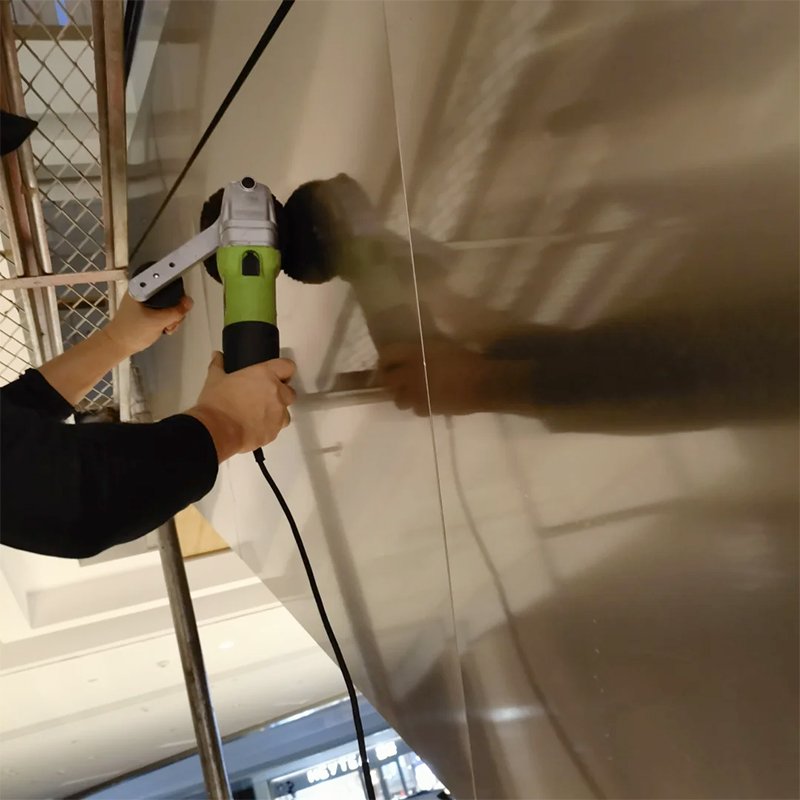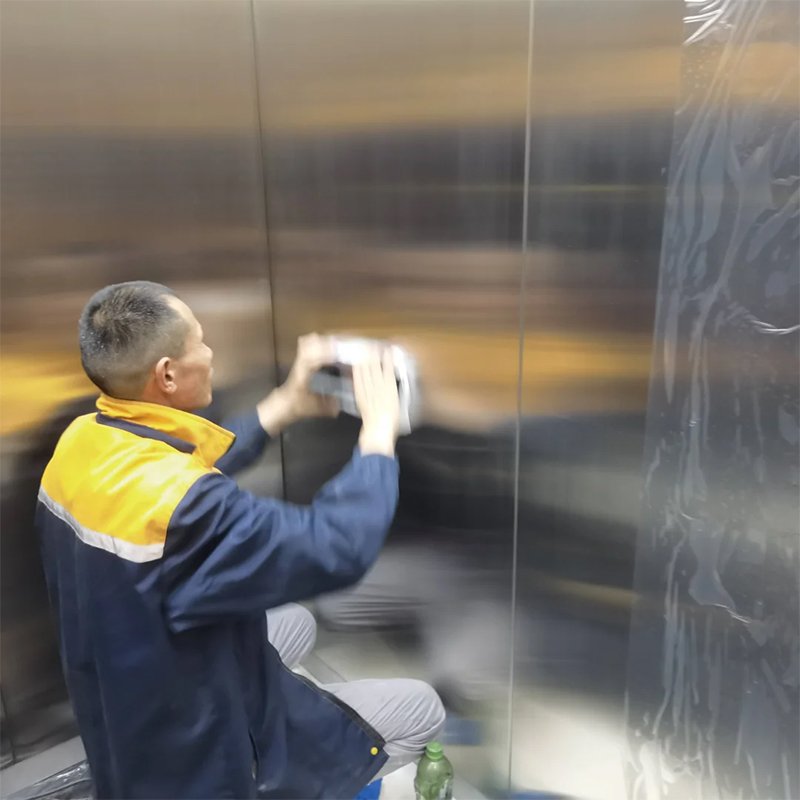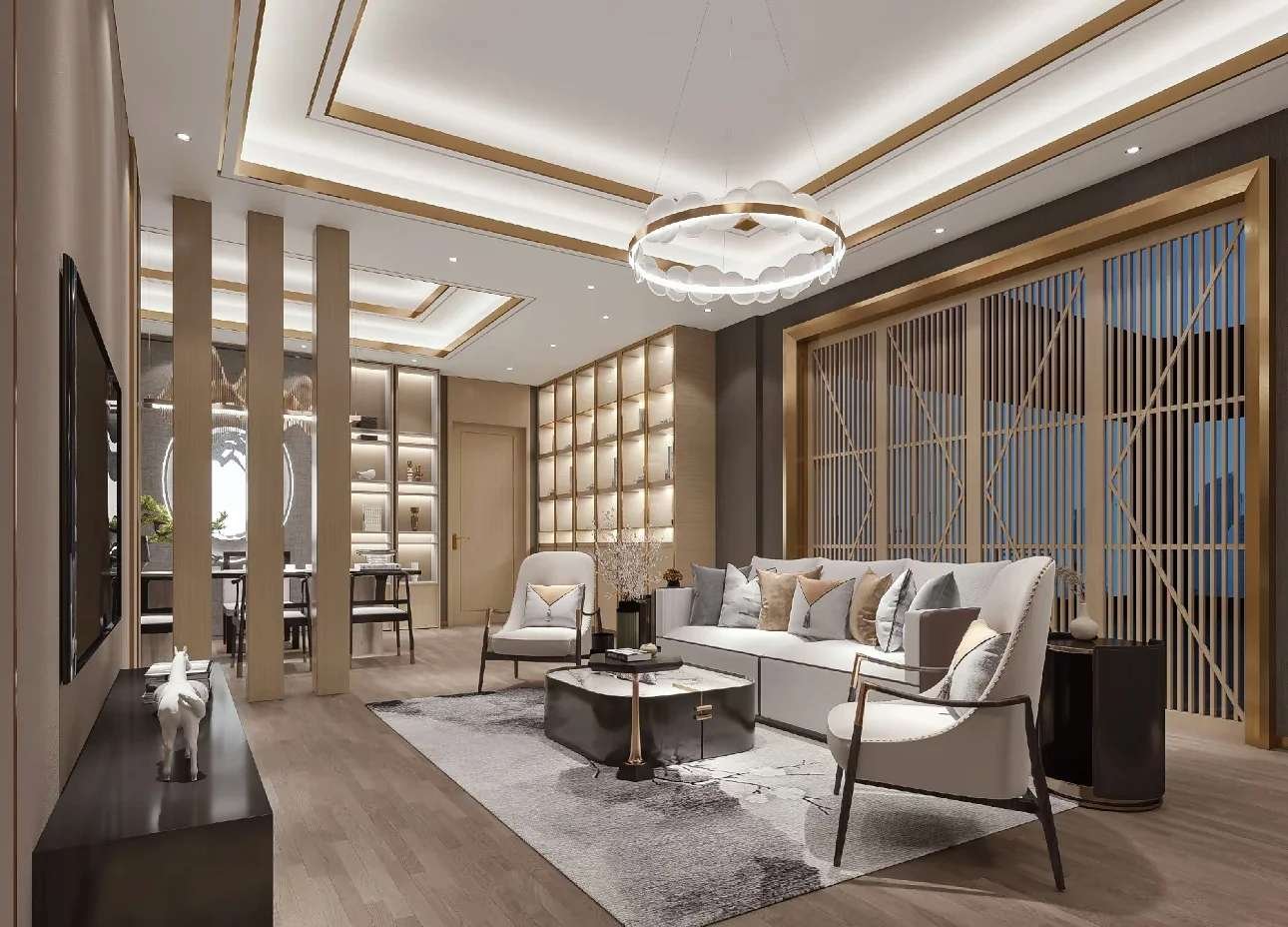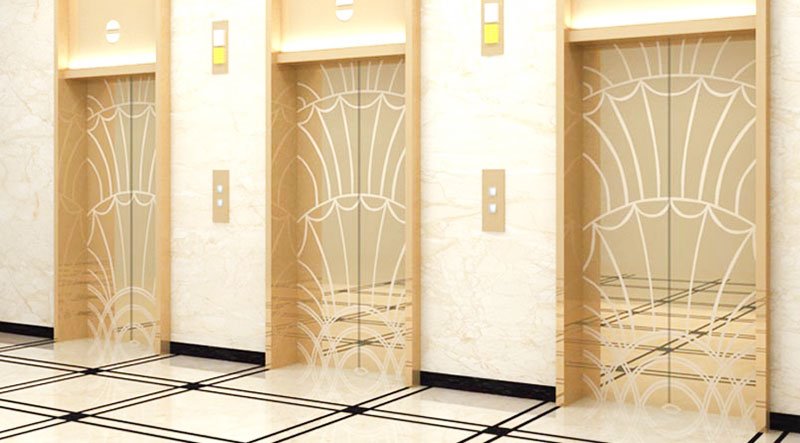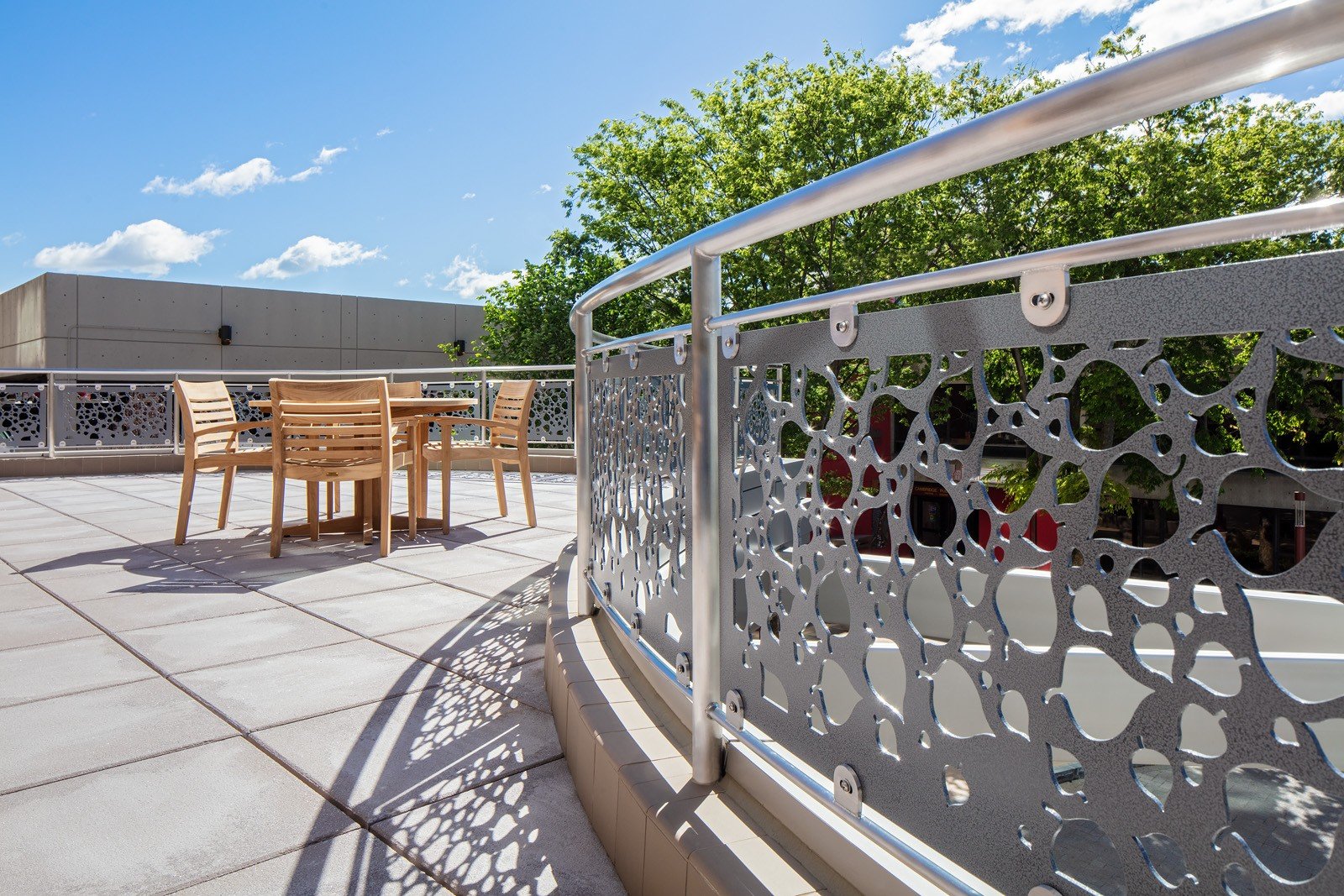Stainless Steel Panel Scratch Repair Full Tips
Table of Contents
Stainless steel panels are widely used in architectural curtain walls, interior walls, kitchen countertops, elevator decorations, cabinet door panels, and other scenarios due to their corrosion resistance, ease of cleaning, and modern aesthetics. However, even with excellent quality stainless steel panels, scratches or wear and tear are inevitable in daily use. For homeowners, scratches affect the overall aesthetics; for contractors and purchasers, maintenance and delivery quality require a clear understanding and solution to such issues.
This article will focus on the core content of ‘types of stainless steel decorative sheet scratches’, ‘how to repair scientifically’, ‘precautions and preventive suggestions’, to make a systematic, professional and actionable explanation. Whether it is a small-scale renovation for individual users or a large-scale restoration planning for engineering projects, you can get practical information from this article. JYF METAL, as a deep-rooted stainless steel customization and processing services provider, can also provide professional technical support and advice for related projects.

Common Types of Stainless Steel Panel Scratches
Before discussing how to repair them, it is important to first correctly distinguish the types of scratches on stainless steel materials. This is the basis for developing an effective repair program.
Generally speaking, stainless steel panel scratches can be roughly divided into “surface scratches” and “deep scratches” two categories. Surface scratches are usually shallow, commonly found on kitchen worktops, elevator walls and door panels, as the slight friction and collision that occurs during daily use is enough to leave visible marks. Such scratches can often be removed by careful sanding and polishing.
In contrast, deep scratches are caused by violent impacts with sharp, hard objects, dragging of heavy objects, or scraping of hard materials during construction. Scratches are significantly deeper, disrupting the original uniform surface layer, and often require more tedious grinding, filling or even replacement treatments to restore the appearance.
Procurement and contractors planning for materials need to anticipate the risk of damage to the panels based on the project’s usage environment and have a reasonable prognosis for repair options and costs.
Pre-restoration Assessment and Preparation
Before any restoration operation can begin, adequate preparation is required. First, the depth, length and distribution of the scratch must be carefully examined. This step is to avoid working blindly, which may result in widening of the damage or significant color differences.
Professional contractors tend to check the depth of scratches with a fine light source or the edge of a scraper, and select tools in conjunction with the type of finish (brushed, mirror, etched, pvd coated) of the material itself. For example, a common brushed stainless steel finish must be repaired by sanding in the direction of the original grain, while a mirror finish requires a more precise polishing step.
In addition, all restorations need to be preceded by a thorough cleaning. Oil, water or dust on the surface of the panel can affect the sanding or polishing results and even introduce new scratches. It is recommended to use neutral cleaners and soft cloths to avoid secondary damage from alkaline, acidic or rough cleaning tools.
JYF METAL usually delivers projects with appropriate maintenance and cleaning recommendations to help owners and builders better protect the material surface and minimize the need for subsequent repairs.
Ideas for Dealing With Deep Scratches
Deep scratches are a more complex issue. For the owner, this type of issue often means that there is a need to weigh ‘fix’ or ‘replace’. Purchasers and contractors also need to communicate these types of risks to the owner well in advance of bidding on the project and prior to construction.
Repairing deep scratches is usually a two-step process: sanding to smooth them out, then filling and polishing. Initial sanding involves using coarser sandpaper or an abrasive pad to chip the edges of the scratch as flat as possible to avoid visual shadows and reflective differences. The scratch can then be filled with a stainless steel repair paste or industrial filler of your choice that is close to the original color, smoothed out and left to fully cure.
The final step is a meticulous overall polishing, so that the filler layer is as consistent as possible with the surrounding panel surface in terms of gloss and texture. It is worth emphasizing that the effectiveness of repairing deep scratches is limited by the thickness of the material and the original surface workmanship, and some severe scratches may not be completely streak-free.
In projects where large deep scratches are often considered “unacceptable defects” and require panel replacement, JYF METAL can provide customized processing and fast delivery services to avoid delays.
Special Attention for PVD Coated Stainless Steel Sheets
In the field of architecture and interior design, PVD (Physical Vapor Deposition) color plated stainless steel is popular for its unique metallic color and corrosion resistance. Gold, black titanium, rose gold, bronze and other rich surface effects bring more creative space for designers and homeowners.
Why can't PVD Coating be polished and repaired like ordinary panels?
PVD process is to deposit a very thin layer of high hardness metal coating on the surface of stainless steel. Its advantages are stable color, not easy to fade, and corrosion resistance. However, once a scratch occurs and the surface coating is damaged, the underlying substrate is exposed.
The four key points are as follows:
Extremely thin coating: The PVD layer is usually only micron-sized, making it difficult to sand “just the scratch” without damaging the original color layer.
The original color cannot be restored: Even polishing cannot restore the characteristic metallic color of PVD after the coating has been removed from the damaged area.
Color difference is unavoidable: Even with partial spraying or repainting, it is difficult to perfectly match the original uniform color of a large area.
Replacement of the whole panel is recommended: If a severely scratched PVD panel is required for a perfect appearance in a high-end project, it is usually recommended to replace the whole panel.
For the purchasing staff or general contracting unit, this means that in the selection stage, we should take into account the use of the environment, post-installation and maintenance conditions, to avoid the use of high-touch areas with overly delicate colors or mirrored panels.
JYF METAL usually reminds designers and contractors of material suitability at the project matching stage and can offer a wide range of alternative options.
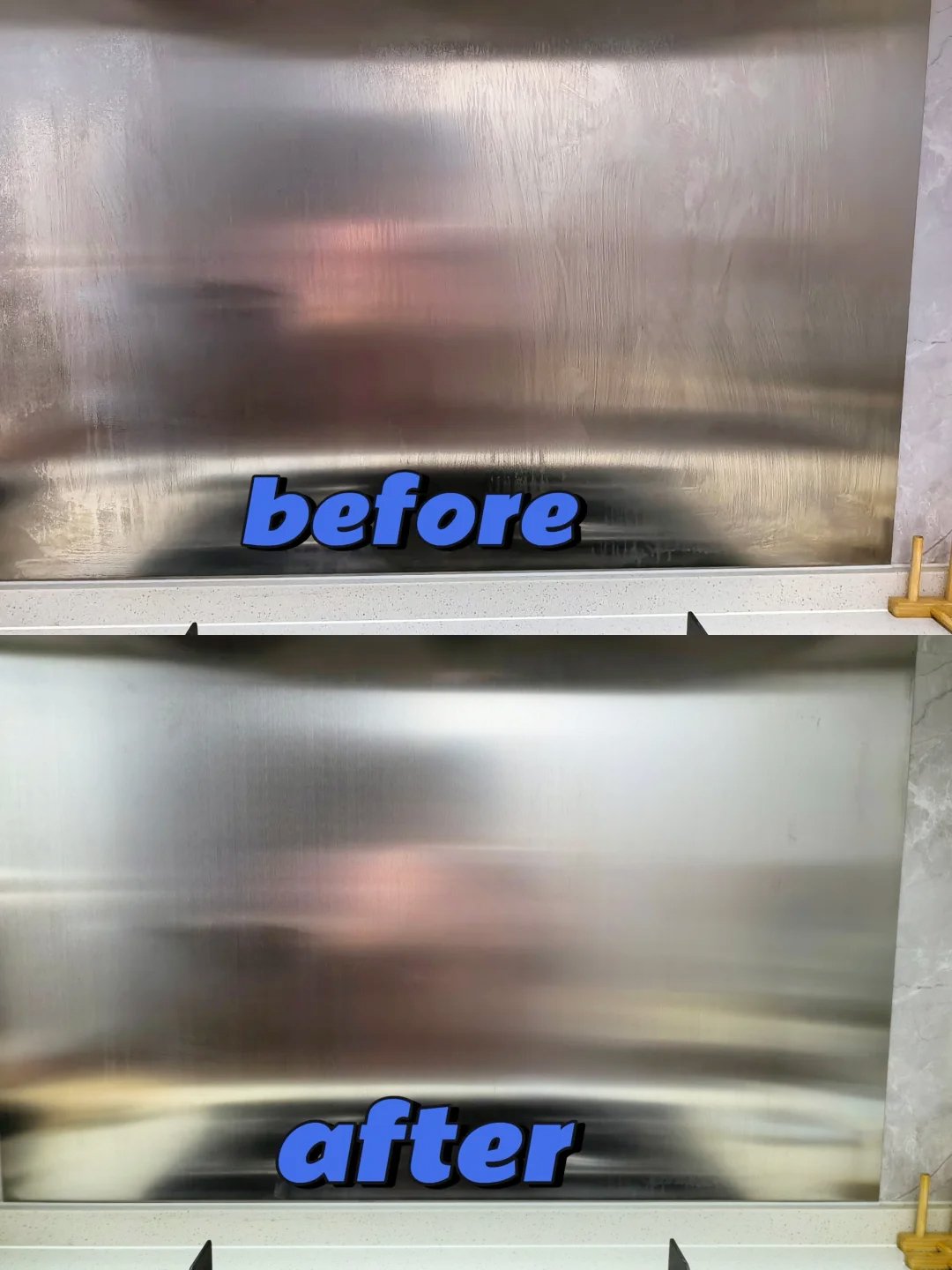
Construction Site Protection and Prevention Advice
Reducing the risk of scratches at source is the least costly strategy. For contractors and construction teams, management at the site stage is particularly critical.
Three Priorities for Site Protection
- Handling Protection
- Wrap finished panels in soft cloth to avoid direct contact with steel bands, wires or sharp instruments.
- Multiple people should work together to carry large-sized panels to avoid bumping.
Storage Management
- Ensure dry and clean storage environment, prevent grit and hard debris from scratching the surface.
- Place the panels in a vertical position or in layers with soft partitions to avoid friction between the panels.
Construction Protection
- Dust-proof film or protective boards are laid on site to prevent footsteps and falling objects from impacting.
- Regularly clean the area under construction and remove sand and construction waste in time.
How to Evaluate the Decision to Repair or Replace a Large Area
In a real project, if there are large or densely distributed scratches, a single-point repair loses its economic rationale.
3 Steps to Evaluating Whether a Complete Replacement is Needed
Examine the distribution of damage: whether it is an isolated small area or a large, uniform scratch.
Analyze the aesthetic requirements: whether it is an industrial house or a high-end commercial space with different acceptance by the owner.
Calculate the cost comparison: the labor and consumables for repeated repairs at a single point versus the loss of materials and time for an overall replacement.
Professional general contractors and purchasers can set aside a certain amount of residual material or budget for unforeseen panel replacement during the project planning stage. JYF METAL can flexibly adjust the production plan according to the project scheduling in the supply chain to reduce the delay in the construction period due to the replacement of panels.
Daily Cleaning Recommendations for Maintenance Management
The long-term beauty of stainless steel panels depends not only on the quality of the material itself, but also on daily cleaning and maintenance. For owners, properties and maintenance teams, it is critical to have a reasonable cleaning schedule.
Why Regular Cleaning?
Stainless steel is highly resistant to corrosion, but it is not “maintenance free”. Pollutants, dirt, oils, acid and alkali residues can all lead to surface degradation, corrosion spots and even rust spots in the long term.
- Prevent corrosive deposits: especially in coastal or industrially polluted areas, airborne salt spray and acidic gases can accelerate corrosion.
- Avoid sources of scratches: Adhering hard particles, if not removed, can cause scratches when wiping.
- Extend service life: Regular maintenance maximizes the retention of original texture and color.
- Reduce long-term costs: Reduce the expense of frequent overhauls or panel replacements.
Recommended Cleaning Methods
- Choose a mild neutral cleaner, chlorine or strong acid/alkaline formulas are not recommended.
- Use a soft sponge or soft cloth without fiber shedding, avoid steel wool balls or hard brushes.
- The direction of wiping should preferably follow the brushed texture of the panel to avoid horizontal scratches.
- Dry thoroughly after cleaning to avoid mineral deposits left behind after water stains evaporate.
Key Points of Material Selection in Engineering Projects
For the general contracting unit and the person in charge of procurement, the type of stainless steel panel, thickness and surface treatment process purchased directly affect the subsequent use and maintenance.
Applicability Analysis of Different Surface Treatments
Brushed (Hairline, Satin)
- The surface is fine line pattern with soft reflection.
- Scratches can be repaired locally by light sanding.
- It is recommended to be used for cladding walls and columns in public areas.
Mirror (8K, 10K)
- High reflectivity, beautiful and luxurious.
- Highly susceptible to fingerprints and scratches, high on-site protection requirements.
- Suitable for localized decoration, low contact area.
PVD Coating
- Variety of colors, high corrosion resistance.
- Difficult to repair once scratched.
- Suitable for high-end interior facades that emphasize a sense of design.
Fingerprint Resistant Finish
- Adds a clear, smudge-resistant coating to the surface.
- Reduces cleaning frequency.
- Recommended for high-traffic commercial spaces.
JYF METAL's Recommendations
When communicating with designers or owners, JYF METAL will recommend a combination of different finishes based on the functional zoning of the project, taking into account aesthetics, durability and budget. A proper material selection strategy can significantly reduce future operations and replacement costs.
Common Misconceptions and Risk Tips
In the actual use and maintenance of stainless steel panels, owners and builders of several common misconceptions deserve special attention.
Myth 1: stainless steel “does not rust”
Many people think that “stainless steel never rust”, in fact, stainless steel is only excellent corrosion resistance. If a long time exposed to salt spray, strong acid and alkali or lack of cleaning and maintenance, the same will produce rust spots or even pitting.
Myth 2: use the wrong cleaning tools
- Use steel wire ball, coarse emery cloth and other hard materials to clean.
- Use chlorine bleach, strong acidic detergent.
The result is not only not clean, but also leave permanent scratches or corrosion spots.
Myth 3: Insufficient protection during the construction phase
Failure to cover the panel with a protective film.
Construction site scattered gravel, iron filings friction surface.
Aerial work falling tools hurt the surface.
Points of the fourth level:
The planning stage should determine the finished product protection program.
Train the construction personnel on the correct handling and storage methods.
Strictly inspect the surface quality before delivery.
JYF METAL will also remind contractors and general contractors to pay attention to the protection of finished products during the supply stage, and can provide additional services such as protective film and customized packaging.
You Might Also Like
Please Share This
Recent Posts
- Installation Considerations for Metal Decoration
- Decorative Stainless Steel Solutions for Hospitality Projects
- Stainless Steel Decorative Trim Installation Guide: Ensuring Precision, Durability, and Aesthetic Quality
- Quality Control Key Points in Large-Scale Metal Engineering Projects
- Installation Challenges and Solutions for Stainless Steel Hotel Decorations

